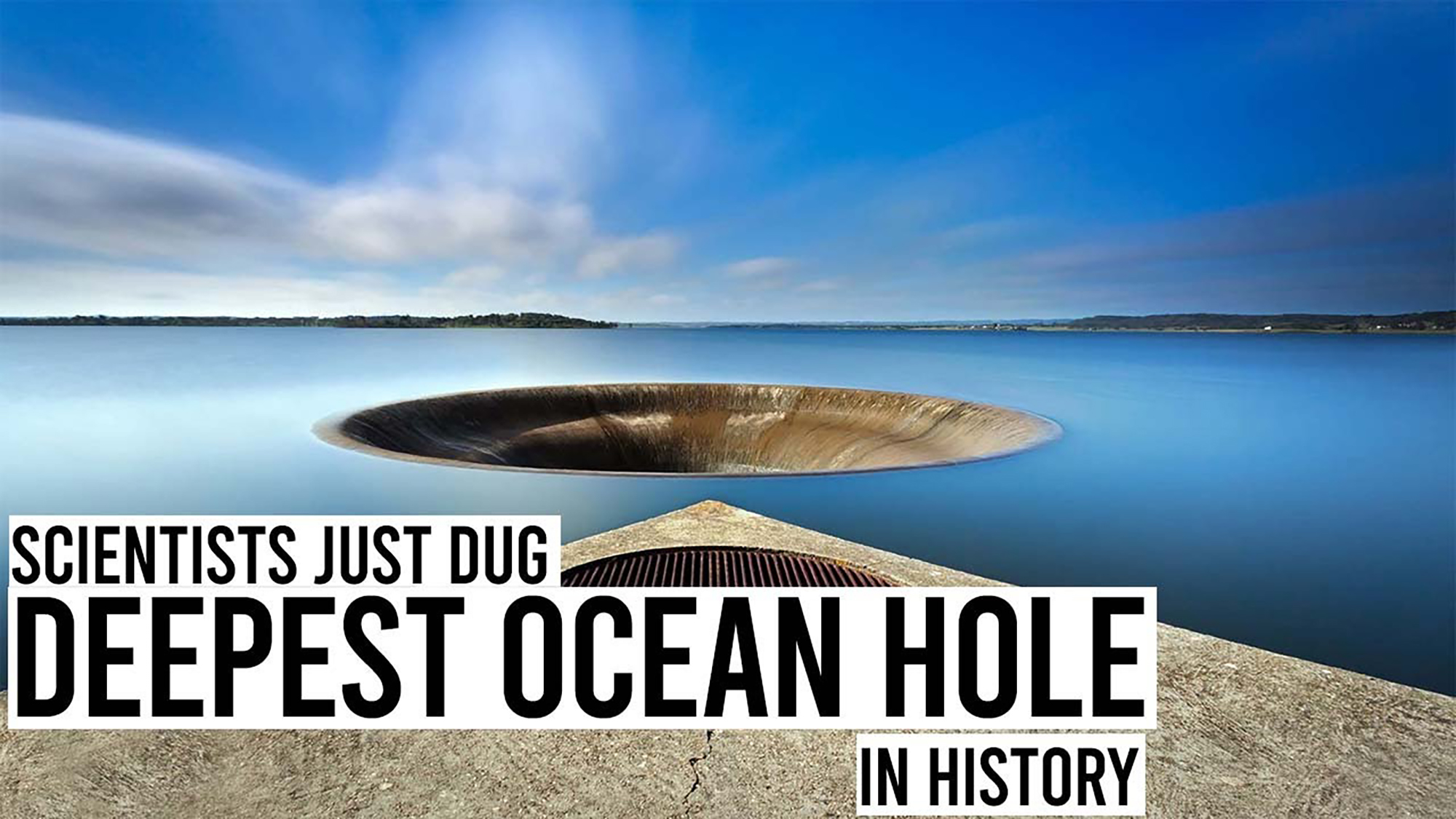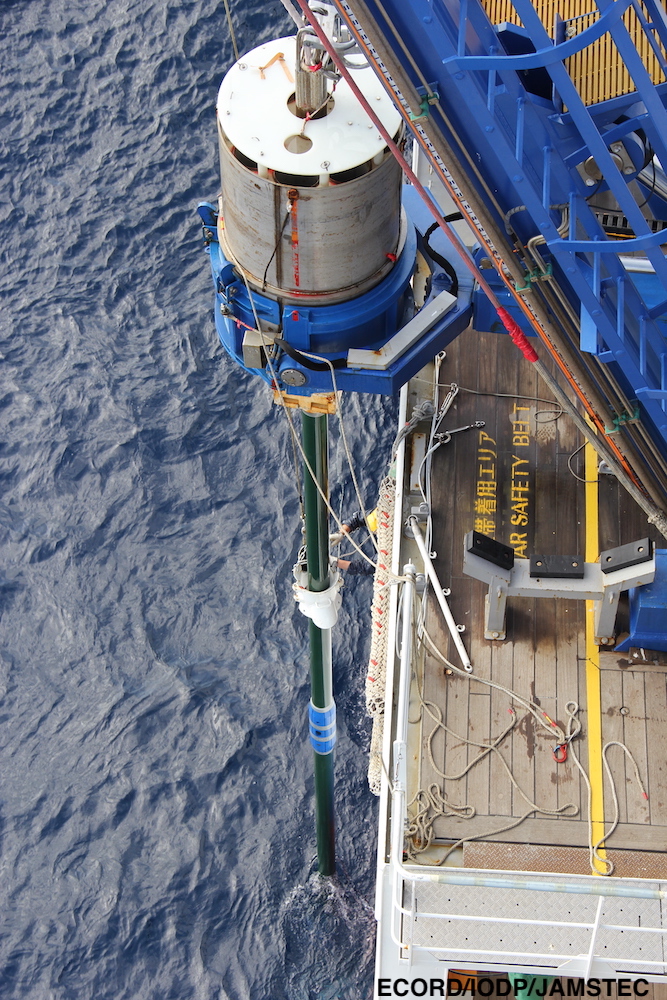
According to a statement from the team, a team aboard the research vessel Kaimei stationed off the coast of Japan drilled a hole in the Pacific Ocean’s seabed deeper than any other seabed drilling operation in history.
On May 14, the Kaimei’s crew sank a 40-meter-long Giant Piston Corer (GPC) almost 26,200 feet (5 miles – 8,000 meters) below the ocean’s surface.
The drill took around two hours and 40 minutes to reach the bottom of the Japan Trench, which is located off the coast of northeast Japan, where it drilled a 37.74-meter (120-foot) sediment core from the ocean floor.
The mission of the record-breaking expedition — which drilled the deepest water site hole as well as the deepest sub-sea level sample — was to study the area’s sediment to better understand the region’s ancient earthquake history. Previously, similar missions bore through glaciers to explore the impact of climate change.
The drill site of the Kaimei research vessel was purposefully placed very close to the epicenter of the magnitude-9.1 Thoku earthquake, which produced a devastating tsunami in 2011 and resulted in the Fukushima power plant disaster.

The world’s deepest drilling locations, both on land and at water
The research vessel Glomar Challenger, named after the Royal Navy’s HMS Challenger, has held the ocean deep drilling record for over 50 years.
In 1978, the Glomar Challenger drilled under the Mariana Trench in the Pacific Ocean. That mission collected a sediment core about 4.3 miles (7,000 meters) below sea level.
The Kaimei research vessel’s latest record-breaking ocean hole is impressively deeper than the deepest-ever hole dug on land.
The Kola Superdeep Borehole, often known as the “Entrance to Hell,” was dug by Russian scientists on the Kola Peninsula between 1970 and 1995 and was finally abandoned with the breakup of the Soviet Union. It was the deepest hole ever drilled on land or sea, reaching a maximum depth of 7.6 miles (12,200 m) below the Earth’s surface.
According to a press release, the Kaimei research vessel crew, headed at sea by Captain Naoto Kimura, is currently eagerly awaiting the findings of the scientific examination performed on the sample recovered from the Japan Trench.
The findings, combined with computer modeling from the likes of Japan’s Fugaku, the world’s fastest supercomputer, could help the country be better prepared in the event of another potentially devastating earthquake in the future.
No comments:
Post a Comment